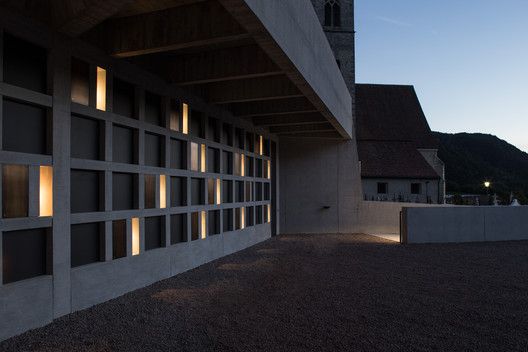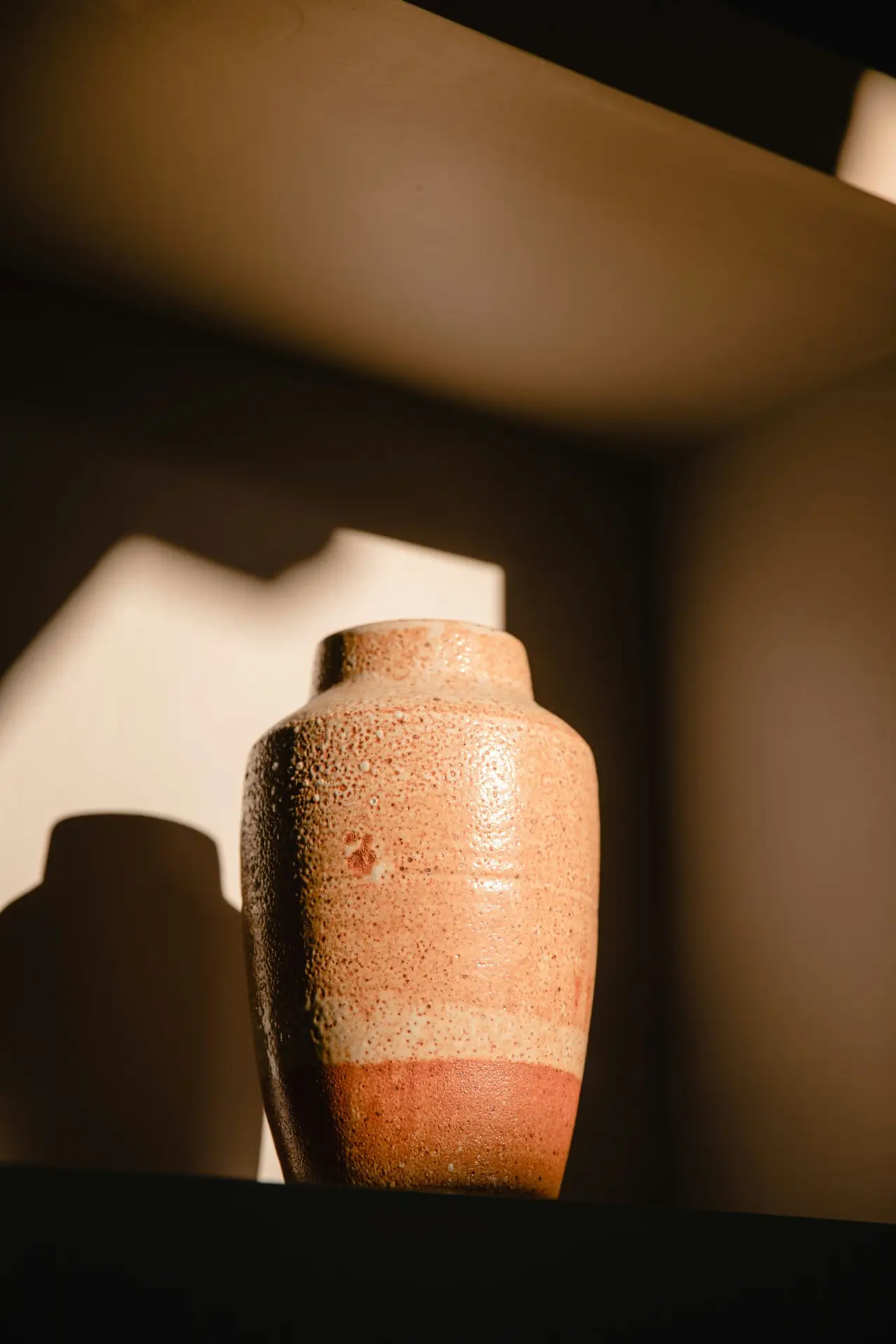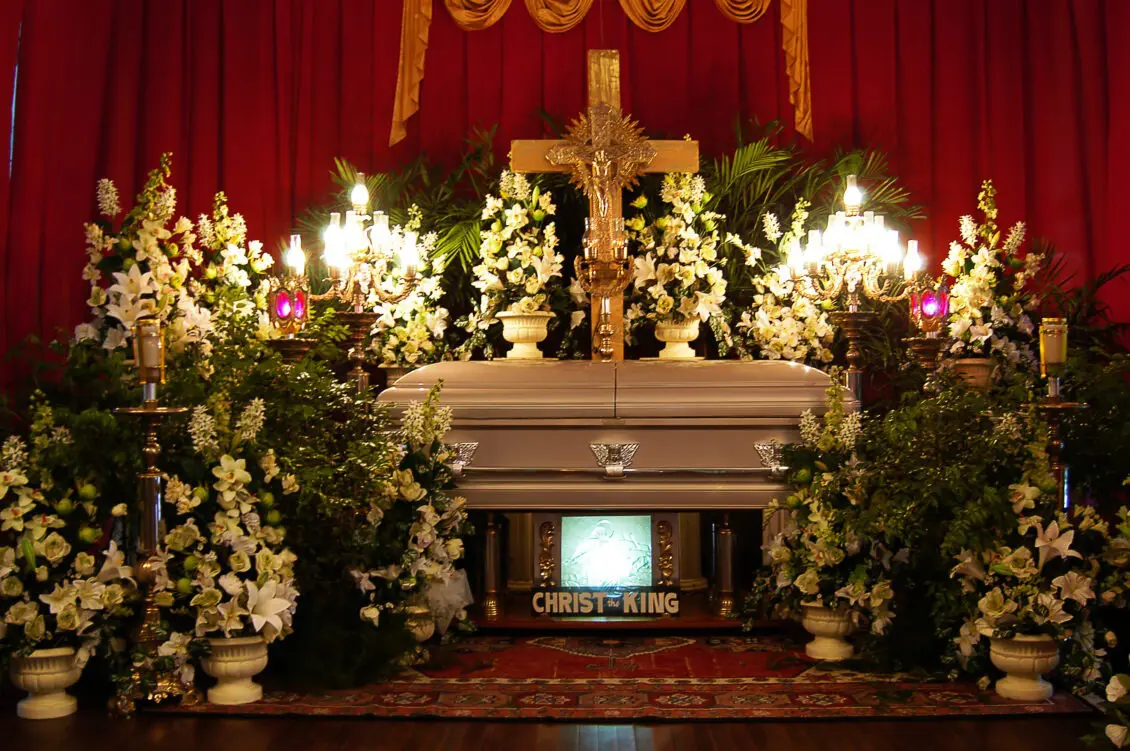Introduction
When a loved one passes away, many families are choosing cremation as a preferred method of handling their remains. This shift has led to an increased interest in finding suitable cemeteries for ashes. These cemeteries provide a respectful and lasting place for the interment or scattering of cremated remains. This guide will explore the different types of cemeteries for ashes, factors to consider when choosing one, and the legal and environmental aspects you need to be aware of.
Note: Choosing the right cemetery for ashes is a significant decision that requires careful thought and consideration of various factors.
What Is a Cemetery for Ashes?
A cemetery for ashes is a designated area within a cemetery or a specific location dedicated to the interment of cremated remains. These cemeteries offer different options for memorializing loved ones and provide families with a place to visit and remember.
Cemeteries for ashes can vary widely in their offerings, from traditional burial plots to more modern and environmentally friendly options. To learn more about the different choices available, explore our Cremation or Burial page.

Types of Cemeteries for Ashes
Columbariums
Columbariums are structures specifically designed to hold urns containing cremated remains. These buildings can be simple or ornate and are often located within a larger cemetery or church. Columbariums provide a secure and respectful place for the remains and offer a variety of niches to accommodate different preferences.
- Single Niches: Designed for one urn, these niches offer a personal space for individual remembrance.
- Family Niches: Larger niches that can hold multiple urns, allowing families to stay together even in death.
Scattering Gardens
Scattering gardens are beautiful, natural settings within a cemetery where families can scatter the ashes of their loved ones. These gardens are often designed with serene landscapes, such as meadows, woodlands, or flower gardens, providing a peaceful and reflective environment.
Tip: Before choosing a scattering garden, consider whether you prefer a specific location or a general area within the garden.
Burial Plots for Ashes
Some families prefer to bury the ashes of their loved ones in a traditional burial plot. Burial plots for ashes are typically smaller than those used for casket burials and can be marked with a headstone or plaque. This option combines the tradition of burial with the flexibility of cremation.
Choosing the Right Cemetery for Ashes
Location and Accessibility
When selecting a cemetery for ashes, consider the location and accessibility for family and friends. A conveniently located cemetery makes it easier for loved ones to visit and pay their respects.
- Proximity: Choose a cemetery that is close to where most family members live or frequent.
- Amenities: Look for cemeteries that offer amenities such as seating, parking, and restrooms to enhance the visitor experience.
Cost Considerations
The cost of interring ashes in a cemetery can vary widely depending on the type of facility and services offered. Here are some factors to consider:
- Niche or Plot Costs: Prices can range from a few hundred to several thousand dollars, depending on the location and type of facility.
- Maintenance Fees: Some cemeteries charge ongoing fees for the upkeep of the property and facilities.
- Customization and Personalization: Additional costs may be incurred for customizing the niche or plot with engravings, plaques, or other memorial elements.
For more information on costs and budgeting for cemetery services, visit our Cost of Cemetery Burials page.
Customizable Options
Many cemeteries for ashes offer customizable options to personalize the resting place of your loved one. These options can include:
- Engravings and Inscriptions: Personalize the niche or plot with names, dates, or special messages.
- Decorative Elements: Add decorative elements such as sculptures, benches, or plants to create a unique and meaningful memorial.
- Memorial Services: Some cemeteries offer spaces for memorial services, allowing families to gather and remember their loved ones in a dedicated setting.
Legal and Environmental Considerations
Before choosing a cemetery for ashes, it is important to be aware of the legal and environmental considerations involved. Regulations and restrictions can vary by location, so it is essential to check with local authorities and cemetery management for specific guidelines.
- Permits and Approvals: Ensure that all necessary permits and approvals are obtained before interring or scattering ashes.
- Environmental Impact: Consider the environmental impact of your choice, particularly if you are interested in eco-friendly options such as scattering gardens.
Tip: Discuss your options with a cemetery representative or a funeral director to ensure compliance with all legal and environmental requirements.
The Process of Interring Ashes
Preparation and Transportation
The process of interring ashes begins with the preparation and transportation of the remains to the chosen cemetery. This step typically involves the following:
- Selecting an Urn: Choose an urn that reflects the personality and preferences of your loved one.
- Transportation Arrangements: Coordinate with the funeral home or crematorium for the safe and respectful transport of the remains to the cemetery.
Ceremony and Memorialization
Once the ashes are at the cemetery, families can choose to hold a ceremony or memorial service to honor their loved one. This can be a simple gathering or a more formal event, depending on the family’s preferences.
- Ceremony Planning: Work with the cemetery and funeral home to plan a ceremony that meets your family’s needs and preferences.
- Memorialization: Consider adding a memorial plaque, engraving, or other personalized elements to the niche or plot to commemorate your loved one.
Conclusion
Choosing the right cemetery for ashes is an important decision that involves many factors, including location, cost, and customization options. By understanding the different types of cemeteries for ashes and the process involved, you can make an informed decision that honors the memory of your loved one.
For more information on selecting the right cemetery for your needs, visit our Burial Options Guide page.





